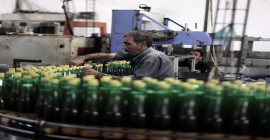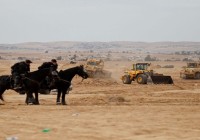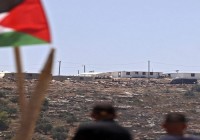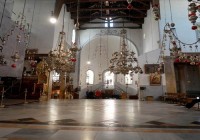World Environment Day: Around 40,000 Animal Species in WB & GS
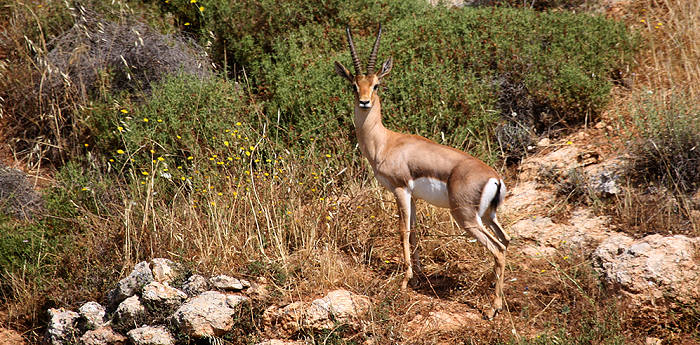
According to the press release issued by the Palestinian Central Bureau of Statistics (PCBS) and the Environment Quality Authority on World Environment Day, there are about 51,000 living species (flora and fauna) in historical Palestine, constituting approximately 3% of global biodiversity.
In the West Bank and Gaza Strip there are an estimated 30,904 animal species, consisting of an estimated 30,000 invertebrates, 373 birds, 297 fish, 92 mammals, 82 reptiles and 5 amphibians. Recent studies on birds in Palestine indicated that there are 373 species, which represent 23 Orders, 69 families, 21 Subfamilies, and 172 genera. The country also hosts 2,850 species of plants from 138 families.
Wildlife trade
Six reptiles species found in Palestine are included in the Convention on International Trade in Endangered Species (CITES) indices, and more than 20 birds species and 13 mammals species are also listed in the indices of CITES. The plants species listed in CITES appendices include only one plant species which is the Cyclamen persicum.
Water
The Household Environmental Survey 2015 results showed that 93% of households in Palestine live in housing units connected to the public water network. The household sector in Palestine consumed about 16.3 million cubic meters of water per month (MCM/month) during 2015, distributed as follows: 10.4 MCM/month in the West Bank and 5.9 MCM/month in the Gaza Strip. The monthly average household consumption of water in Palestine was 18.7 cubic meters (M3): 18.3 M3 in the West Bank and 19.7 M3 in the Gaza Strip.
Rainfall
The amount of rainfall in 2015 was higher than the mean average in most of the stations, scoring a total amount of 667 mm in Tulkarem Station, and 201 mm in Jericho station. The mean average rainfall in Tulkarem station is 602 mm and 166 mm in Jericho, and the distribution of rainfall level was concentrated in most of the governorates in January and February during the year 2015.
Wastewater
During 2015, data indicated that 54% of households in Palestine used wastewater networks to dispose of their wastewater, 32% of households used porous cesspits, 13% used tight cesspits and 1% used other methods to dispose of wastewater, such as disposal in valleys.
Solid waste
In 2015, local authorities collected solid waste from 79% of households in Palestine (78% in the West Bank and 81% in the Gaza Strip) and UNRWA collected solid waste from 9% of households, and 6% were served by other doers, whereas 6% of households were not provided with solid waste collection services.
The average household daily waste generation in Palestine in 2015 was estimated at 2.9 kg: around 3.2 kg in the West Bank and 2.4 kg in the Gaza Strip. The overall quantity of household solid waste generation on a daily basis was about 2,551.0 tons in 2015.
